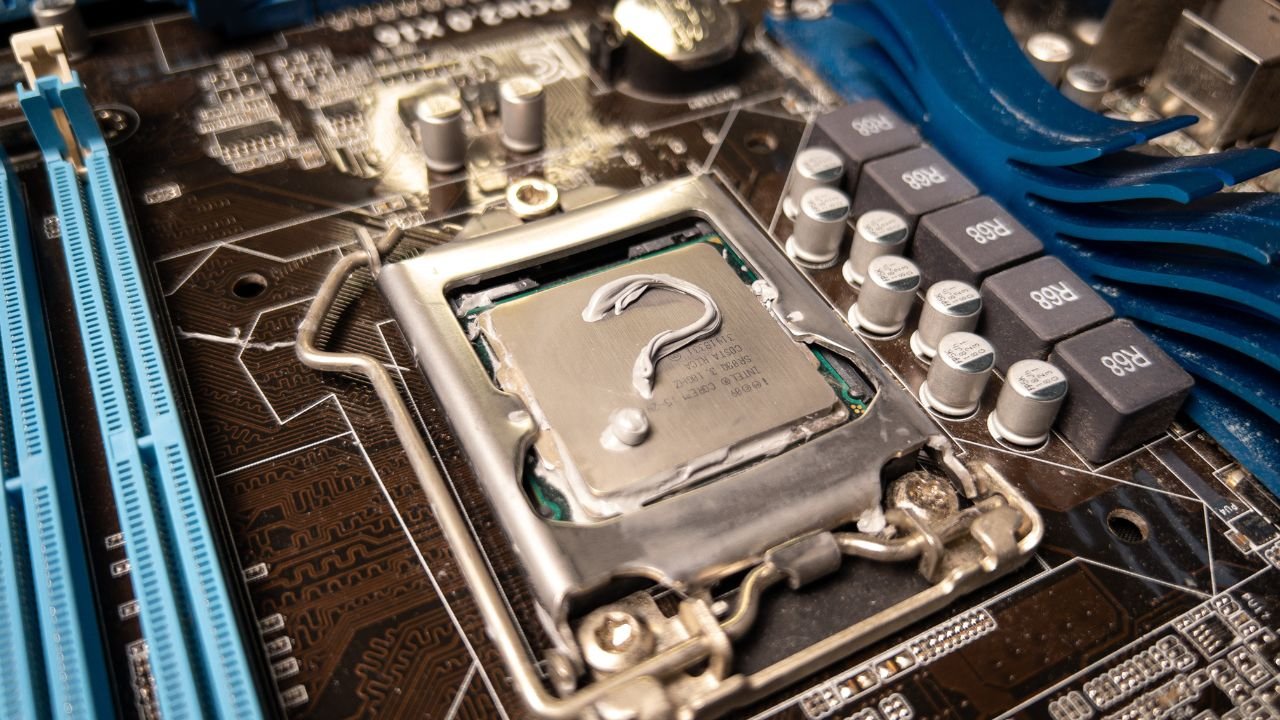Thermal compound (also known as TIM, CPU paste or thermal interface material) fills the microscopic gaps between the processor and the heat sink to maximize contact surface area for heat transfer. It is usually composed of a bonding material and a filler.
The best TIMs are moderately viscous and stable to apply. They come in a syringe for precise application and spread very evenly.
Thermal Conductivity
The thermal conductivity of a thermal compound is the ability of the material to transfer heat. It depends on the molecular arrangement of the particles in the material. Gases have loosely packed molecules, which make them poor thermal transmitters. However, the tightly bonded molecules in non metallic solids allow for better thermal transmission.
This value is generally measured under steady state conditions, which require a well-engineered setup. The measurement involves varying the temperature of the material over time and measuring the power absorbed over this period.
Alternatively, some manufacturers measure the thermal conductivity of their product over a range of temperatures. The values are then compared to the manufacturer’s specifications.
As the components and mainboards of electronic devices continue to get smaller, the need for a thermal compound with high internal heat dissipation grows. Most thermal compounds contain either copper or silver particles. Some are also silicone or ceramic based. The thermal conductivity of these compounds increases with the volume percentage of the small hybrid particles and decreases after a certain point.
Thermal Resistance
The ability of a material to resist the transfer of heat is referred to as thermal resistance. This characteristic is not to be confused with insulation which impedes the flow of heat, but does not slow it down.
The chemical makeup of a material has a direct impact on its ability to conduct heat. Surface roughness and pressure also influence the contact resistance. Increasing the surface area of the materials in contact significantly decreases the resistance.
The most common type of thermal compound is a thermal grease. These are usually silicone or hydrocarbon oils that contain various fillers. They provide a high filler to air volumetric ratio and effectively eliminate microscopic gaps at the component-to-heat sink interface. A newer option is a thermal gel, which is dispensed like a grease and cured to a partially cross-linked structure. It is more viscous and can be harder to apply with precision, but provides a superior mechanical bond with lower thermal resistance than grease.
Thermal Adhesive
There are many thermal adhesive products that you may come across, and each offers specific qualities suited to your project. LOCTITE Bergquist thermally conductive glues and pastes are liquids that bond with a solid material for long-term attachment. They also offer a wide range of thickness options for greater flexibility, allowing you to find the ideal fit for your application.
The conductive properties of a thermal adhesive are determined by its filler components. Metallic fillers, like silver, provide high conductivities. These are often paired with ceramic or inorganic fillers to prevent electrical shorting.
Unlike epoxy, a thrmally conductive adhesive does not form a rigid bond, which means that it can be easily reworked and re-positioned after curing. This is an important feature, especially when working with large or complex assemblies. In addition, a thrmally bonded material can help reduce the coefficient of expansion mismatch between materials to improve device performance and reliability. These properties are also essential when a product undergoes frequent thermal cycling.
Heat Dissipation
Having the right thermal compound is essential in preventing processors from overheating and improving performance. A poor quality compound can lead to burnout and even damage the CPU. The best thermal compounds fill the microscopic gaps between the CPU and its heat sink, allowing the heat to be transferred successfully and efficiently.
A good thermal compound will have low bond line, low thermal resistance and high thermal conductivity. It will also eliminate air, which is a bad conductor of heat, from the interface between the component and the heat sink.
A good thermal compound will also be easy to use and clean up. Ideally, it will come in a syringe or tube for easy application and will be stable upon application, resisting drips and runs. Those looking for the best thermal paste should be sure to pay attention to the formulation and review its technical spec sheet. Liquid metal based compounds, for example, are often the best options.

